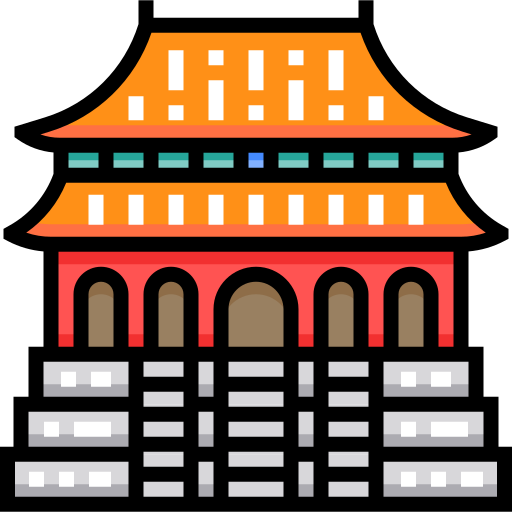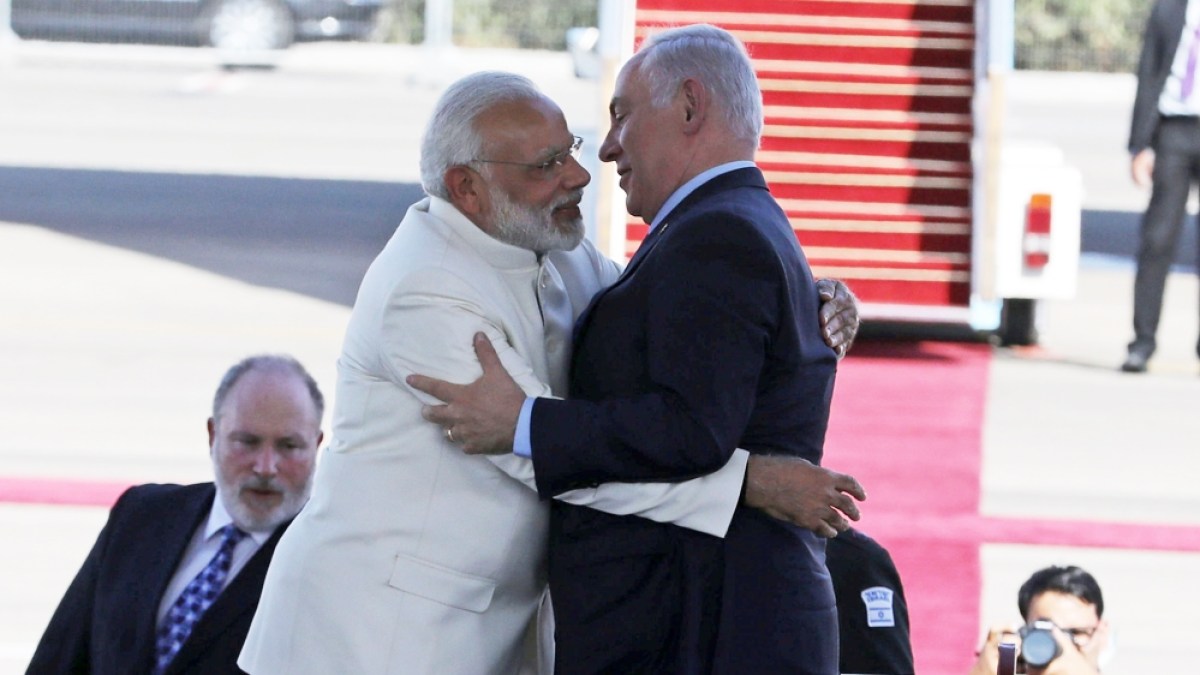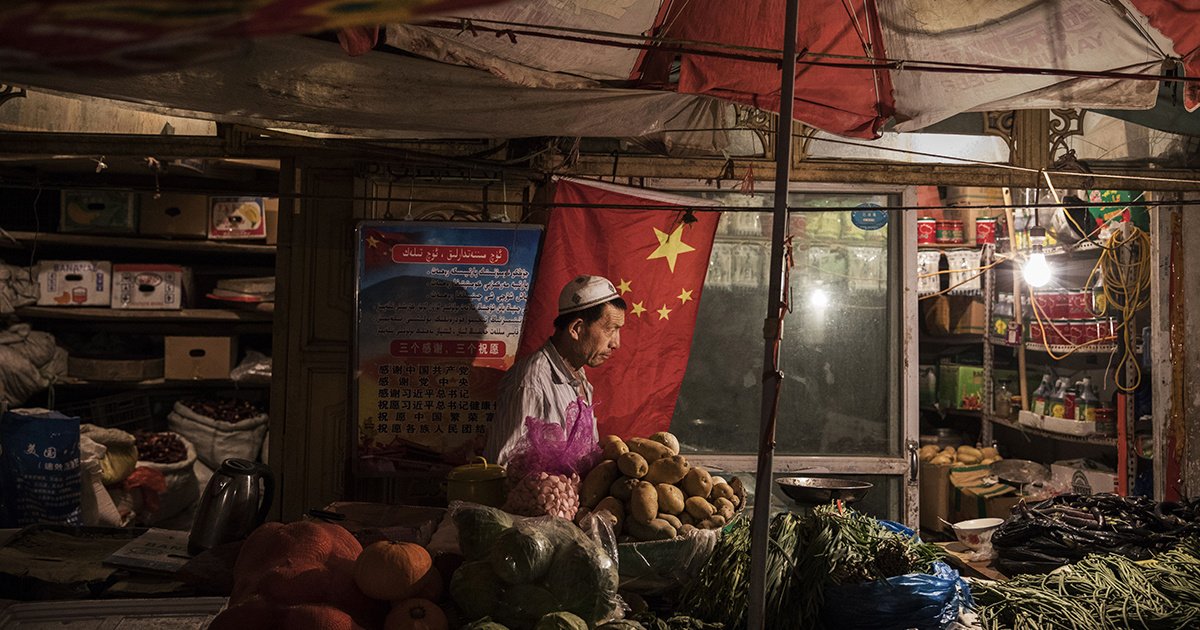Jiangnan
Senior Member
- Joined
- Nov 18, 2024
- Messages
- 2,248
- Reaction score
- 473
- Nation

- Residence

- Axis Group

Date of Event:
Feb 27, 2025
 Southeast Asia & Oceania
Southeast Asia & Oceania















This is why the Chinese Navy must patrol Australia. Saving the world's innocent children from Australian soldier atrocities!
View attachment 14909



150cm little Indians genocide millions of Sikhs and Muslims.What about the China keeping one million Uyghurs put in concentration camps of China and Chinese 5 ft soldiers going to their house to slip with their women to change DNA? What about the disappearance of Uyghurs. That is why China is needed?

150cm little Indians genocide millions of Sikhs and Muslims.
150cm little Indians support Israel's genocide of 3 million Palestinians.
150cm little Indians support Australia for killing Afghan children.
150cm little Indians Worldwide Assassination of Opposition.
150cm little Indians were severely hungry and malnourished, had no toilets, no running water, all because they had received the retribution of Allah.
This is why the Chinese kill Indians just like...



no. This is the knowledge of our human world. Don't you know?Was that taught to you in Xi's reeducation camps?
By the way mao killed 40 million cute Chinese in 4 pest campaign.



India and Australia support Israel's genocide of 3 million Palestinian people!Was that taught to you in Xi's reeducation camps?
By the way mao killed 40 million cute Chinese in 4 pest campaign.


India and Australia support Israel's genocide of 3 million Palestinian people!

Why Indian Hindutva supporters back Israel on Gaza bombing
As Israel faces criticism for its bombing of Gaza, it has received support from India’s Hindutva supporters.www.aljazeera.com






emmm..... So why does India support Israel's genocide against Palestine?China’s Repression of Uyghurs in Xinjiang
Backgrounder
China’s Repression of Uyghurs in Xinjiang
More than a million Muslims have been arbitrarily detained in China’s Xinjiang region. The reeducation camps are just one part of the government’s crackdown on Uyghurs.
A Uyghur man works at his shop in Kashgar in the Xinjiang region. Kevin Frayer/Getty Images
Written By
Lindsay Maizland
Updated
Last updated September 22, 2022 11:30 am (EST)
Summary
- About eleven million Uyghurs—a mostly Muslim, Turkic-speaking ethnic group—live in the northwestern region of Xinjiang.
- The Chinese government has imprisoned more than one million people since 2017 and subjected those not detained to intense surveillance, religious restrictions, forced labor, and forced sterilizations.
- The United States determined that China’s actions constitute genocide, while a UN report said they could amount to crimes against humanity.
Introduction
The Chinese government has reportedly arbitrarily detained more than a million Muslims in reeducation camps since 2017. Most of the people who have been detained are Uyghur, a predominantly Turkic-speaking ethnic group primarily in China’s northwestern region of Xinjiang. Beyond the detentions, Uyghurs in the region have been subjected to intense surveillance, forced labor, and involuntary sterilizations, among other rights abuses.
The United States and several other foreign governments have described China’s actions in Xinjiang as genocide, while the UN human rights office said that the violations could constitute crimes against humanity. Chinese officials have said that they have not infringed on Uyghurs’ rights and claimed that they closed the reeducation camps in 2019. However, international journalists and researchers have documented an ongoing system of mass detention throughout the region using satellite images, individual testimonies, and leaked Chinese government documents.
Related
Religion in China
by CFR.org Editors
A More Strategic German Foreign Policy?
by Liana Fix and Caroline Kapp
When did mass detentions of Muslims start?
An estimated eight hundred thousand to two million Uyghurs and other Muslims, including ethnic Kazakhs and Uzbeks, have been detained since 2017, according to international researchers and U.S. government officials [PDF]. The Chinese government calls the facilities “vocational education and training centers;” the most common terms used by international media organizations and researchers are reeducation camps, internment camps, and detention camps. Some activists describe them as concentration camps.
Outside of the camps, the eleven million Uyghurs living in Xinjiang—officially called the Xinjiang Uyghur Autonomous Region—have continued to suffer from a decades-long crackdown by Chinese authorities.
View attachment 14915
Experts estimate that reeducation efforts started in Xinjiang in 2014 and were drastically expanded in 2017. Beginning that year, they documented the construction of new reeducation camps and expansion of existing facilities for mass detention. Reuters journalists, observing satellite imagery, found that thirty-nine of the camps almost tripled in size between April 2017 and August 2018; they covered a total area roughly the size of 140 soccer fields. Similarly, analyzing local and national budgets over the past few years, Germany-based Xinjiang expert Adrian Zenz found that construction spending on security-related facilities in Xinjiang increased by 20 billion yuan (around $2.96 billion) in 2017.
In late 2019, Xinjiang’s governor said that people detained in the reeducation camps had “graduated.” Journalists found that several camps were indeed closed. But the following year, researchers at the Australian Strategic Policy Institute (ASPI) identified [PDF] more than 380 suspected detention facilities using satellite images. They found that China refashioned some lower-security reeducation camps into formal detention centers or prisons; expanded existing detention centers; and constructed new, high-security detention centers throughout Xinjiang. (Chinese officials have said that ASPI is an anti-China tool funded by Australia and the United States.) Instead of detaining people in reeducation camps, authorities have increasingly used the formal justice system to imprison people for years. In 2022, Human Rights Watch reported that half a million people had been prosecuted since 2017, according to Xinjiang government figures. The Associated Press found that in one county, an estimated one in twenty-five people had been sentenced to prison on terrorism-related charges, all of them Uyghurs.
Hundreds of Detention Sites Across Xinjiang

China’s Repression of Uyghurs in Xinjiang
More than a million Muslims have been arbitrarily detained in China’s Xinjiang region. The reeducation camps are just one part of the government’s crackdown on Uyghurs.www.cfr.org






We humans believe. Israel has besieged 3 million Palestinian people in Gaza. Cut off the water and electricity supply to these 3 million Palestinian people. And they indiscriminately bombed the hospitals and schools of these 3 million Palestinian people. This is a genocide of 3 million people.... Considering that Israel is a role model for Uyghurs. You should indeed receive re education.Your source says 212 Palestinians killed. You made it to 3 millions. This is the reason why you guys are considered for Pizza delivery boys and anything batter. Reeducation camp education come in picture.
Who are the Uyghurs and why is China being accused of genocide?

We humans believe. Israel has besieged 3 million Palestinian people in Gaza. Cut off the water and electricity supply to these 3 million Palestinian people. And they indiscriminately bombed the hospitals and schools of these 3 million Palestinian people. This is a genocide of 3 million people.... Considering that Israel is a role model for Uyghurs. You should indeed receive re education.
Rebiya Kadeer: Example of Israel

We humans believe. Israel has besieged 3 million Palestinian people in Gaza. Cut off the water and electricity supply to these 3 million Palestinian people. And they indiscriminately bombed the hospitals and schools of these 3 million Palestinian people. This is a genocide of 3 million people.... Considering that Israel is a role model for Uyghurs. You should indeed receive re education.
Rebiya Kadeer: Example of Israel



When China burns Muslims like India. then. Let's talk about the persecution of Uyghurs who support Israel.Mass Detention
China has created a large system of arbitrary detention and enforced disappearance. Approximately one million Uyghurs have been imprisoned in detention centers, for reasons as simple as practicing their religion, having international contacts or communications, or attending a western university. The Chinese government has defended the camps as “vocational training centers” aimed at combating violent extremism. Leaked government documents reveal that the state is in fact targeting people based on religious observance, such as praying or growing a beard, as well as family background.




The West has the right to freely edit numbers. But Mao is better at cleaning Indian maggots.What Israel has done outside Israel, your rulers do it in your country? Who killed 40 million Chinese in 4 pest campaign.




The West has the right to freely edit numbers. But Mao is better at cleaning Indian maggots.
View attachment 14952View attachment 14953View attachment 14954







When China burns Muslims like India. then. Let's talk about the persecution of Uyghurs who support Israel.
View attachment 14951

Expert warns of impending ‘genocide’ of Muslims in India
Gregory Stanton, who founded the Genocide Watch group, is sounding the alarm on violence against Muslims in India.www.aljazeera.com








